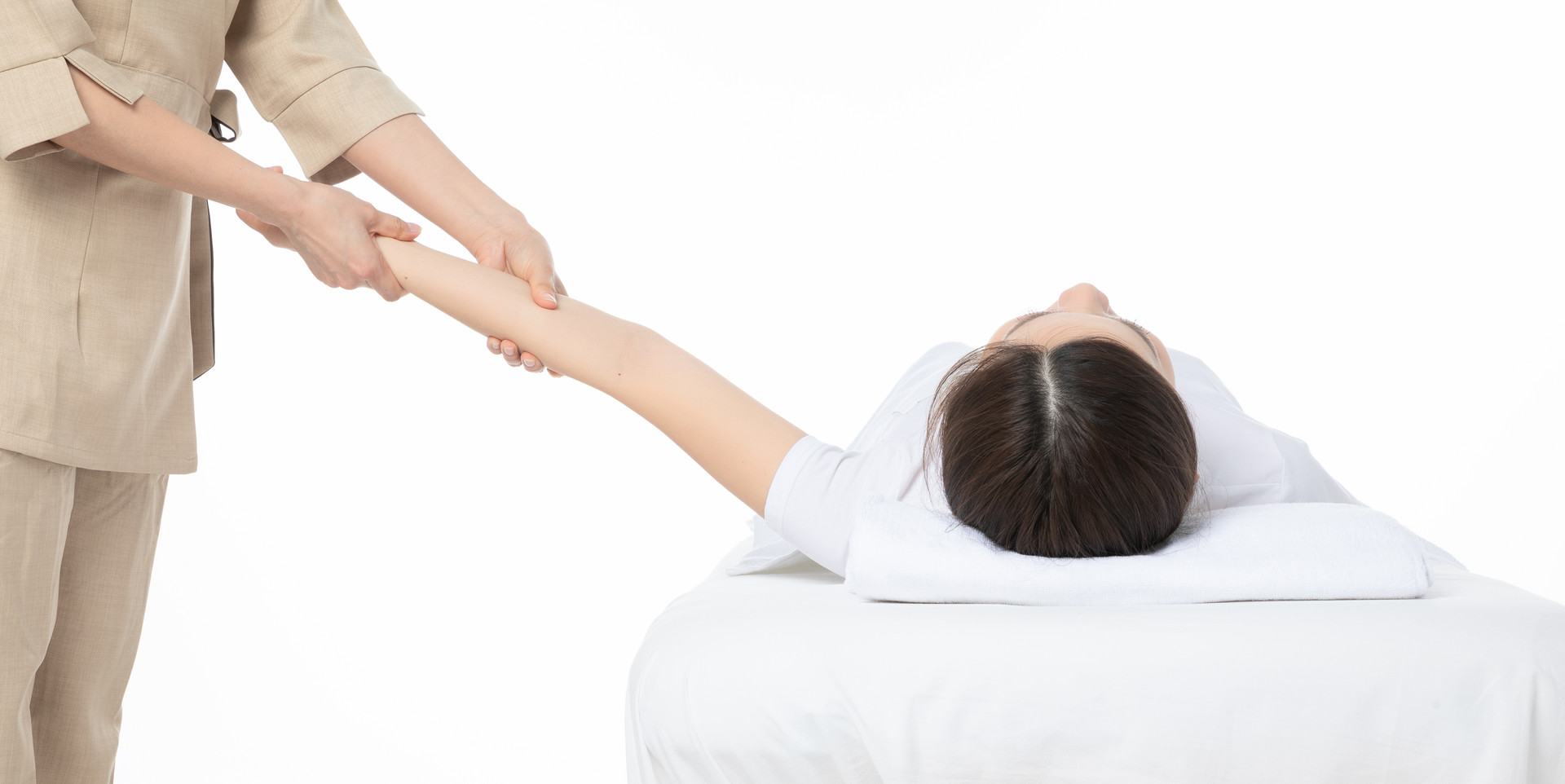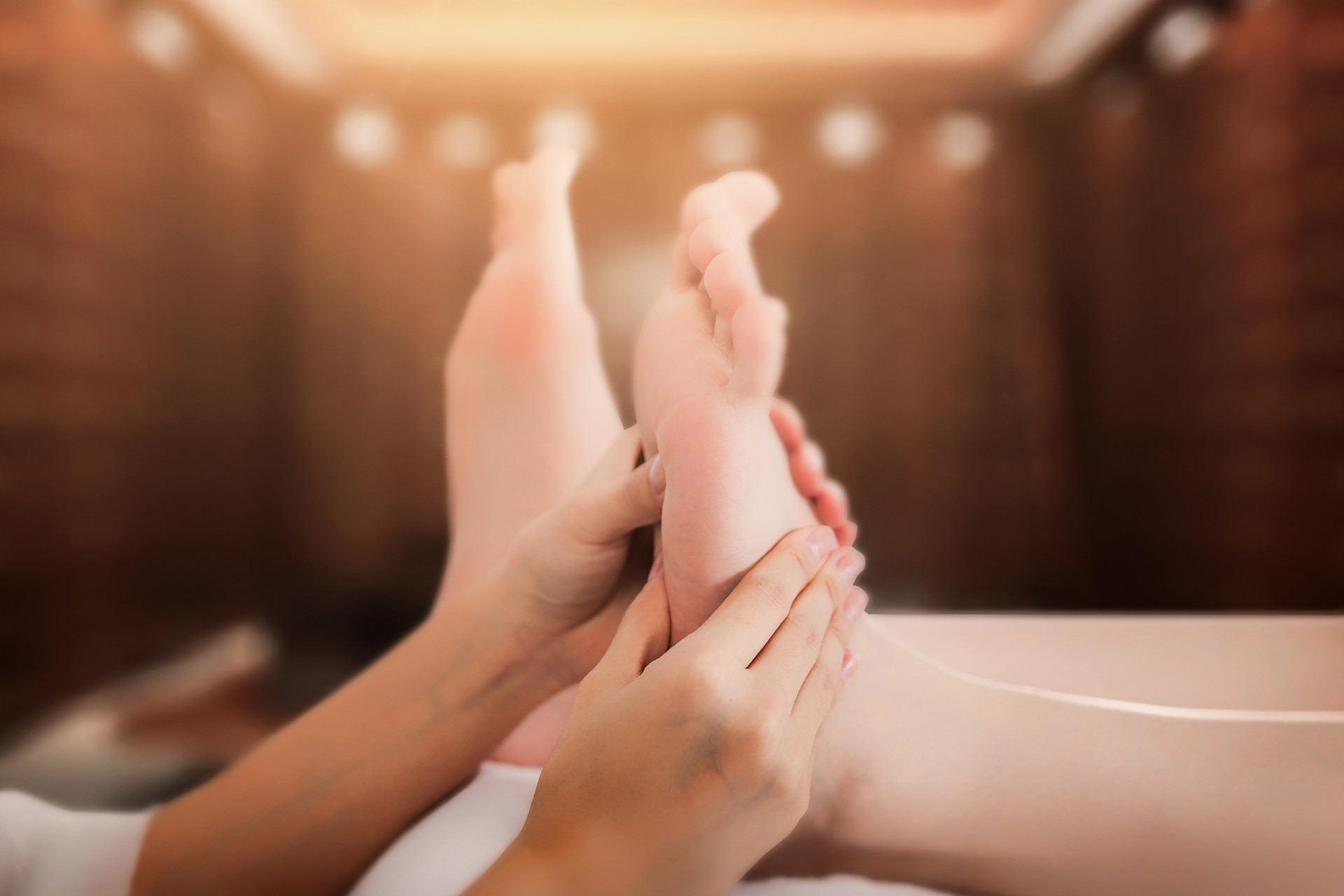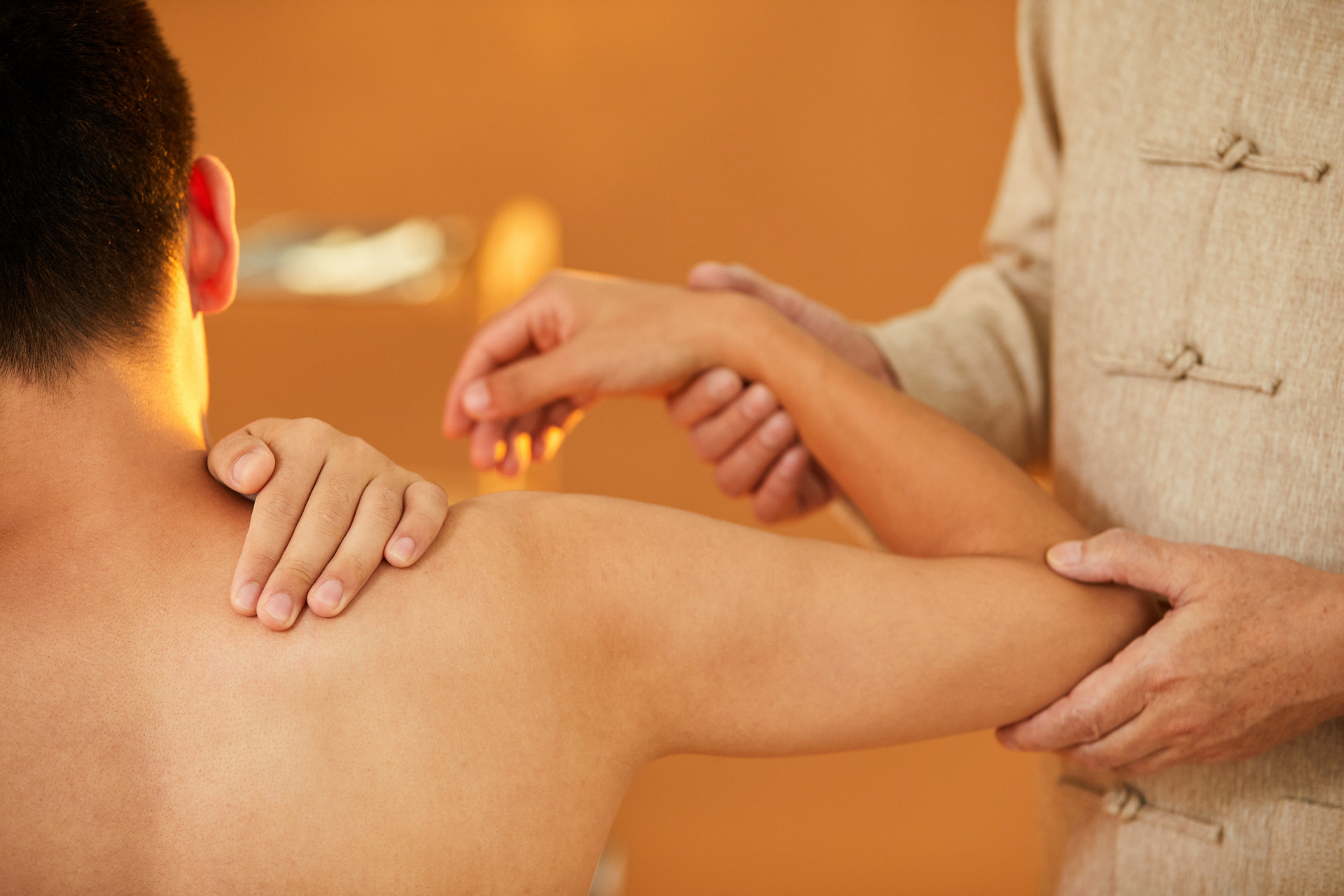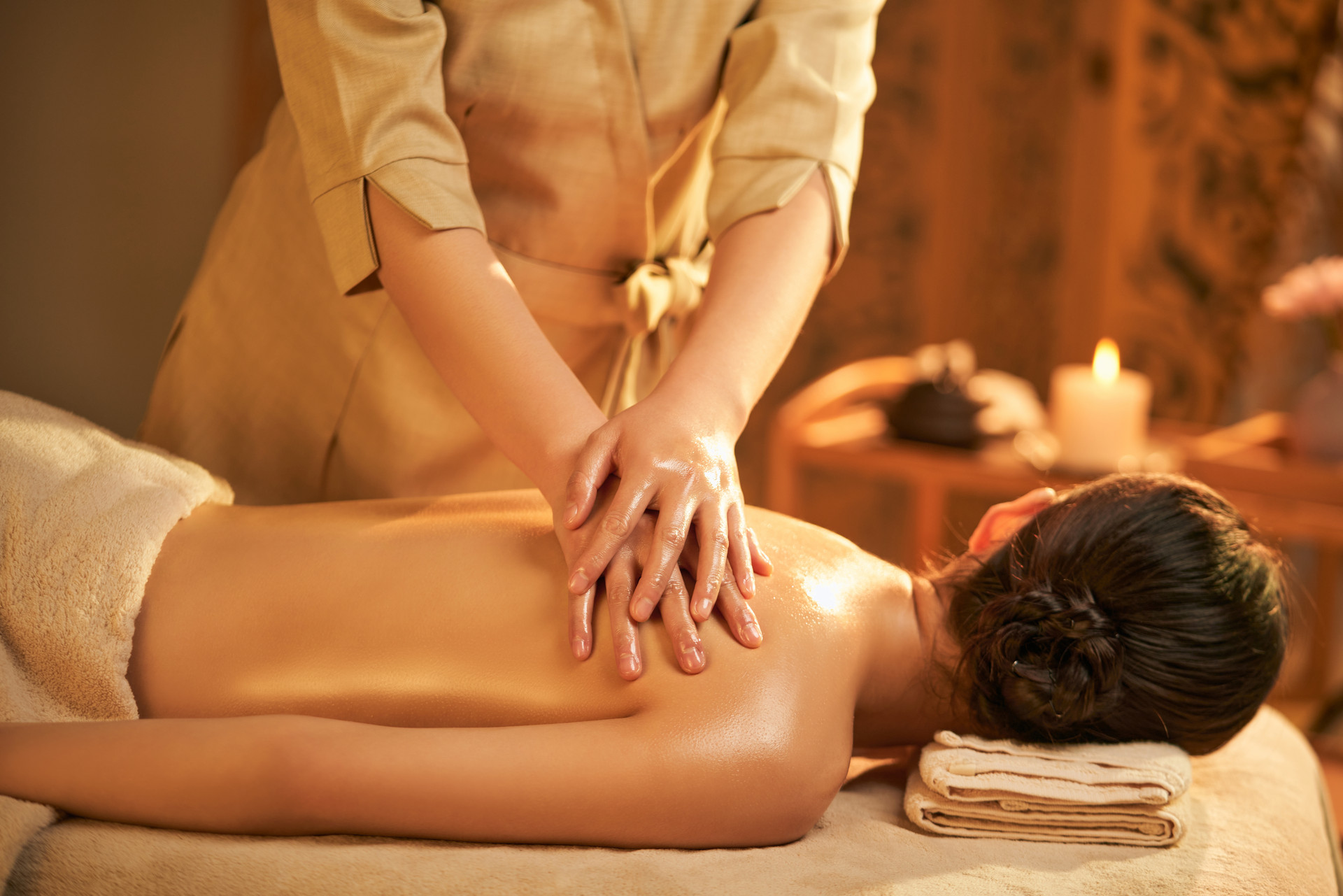
Infantile torticollis, also known as congenital sternocleidomastoid muscle contracture, is characterized by contraction of the muscle on one side of the neck, causing the chin to turn towards the opposite side. Prolonged contraction can lead to facial deformity. In Western medicine, the exact cause of this condition is uncertain, but it is believed to be due to fibrotic contraction of the affected sternocleidomastoid muscle. Initially, there is an increase in fibroblast proliferation and muscle fiber degeneration, eventually replaced by connective tissue.
In Traditional Chinese Medicine, this condition is believed to be caused by congenital malposition or postnatal injury leading to stagnation of qi and blood stasis, or deficiency of qi and blood stasis. It falls under the category of "neck obstruction" and can be effectively treated with tuina massage.
1. Basic Technique: The child should lie supine or sit on the lap of the parent. The practitioner should wash hands thoroughly and then place both hands on the temporal side of the child's head. Simultaneously, both hands should stretch and extend along the longitudinal axis of the cervical spine for 1 minute. Then, a small amount of talcum powder should be used to grip the affected sternocleidomastoid muscle or the fibrous mass using the thumb, index finger, and middle finger. Knead and twist for 3 minutes. Next, gently massage the healthy side muscle for 2 minutes. Using the thumb, press and knead the affected sternocleidomastoid muscle from top to bottom 21 times. Slowly stroke and knead the muscle 21 times. Finally, lightly tap the starting and ending points of the affected sternocleidomastoid muscle and the fibrous mass 72 times each. To finish, one hand supports the pillow while the other hand supports the chin. Apply slight traction to the neck, causing it to laterally flex towards the healthy side and the face to rotate towards the affected side. Lastly, stroke and knead the affected sternocleidomastoid muscle 21 times.
2. Key Points: The technique should be gentle and penetrating. Teach the child's parents the proper technique and caution them to massage the child regularly and at different times throughout the day.
3. Emphasize to the child's parents:
①This condition is relatively common and tuina massage is effective. They should have confidence in the treatment, but avoid being impatient. The technique must be gentle.
②Compared to short massages at the hospital, daily care and massage by the parents are more important. They should massage the child whenever they remember, as small amounts of massage multiple times a day are more effective than one long session.
③They should make an effort to keep the child's head in a corrected position as much as possible. They should try to stretch the child's neck towards the healthy side, talk and interact with the child on the affected side, support the child's affected side with their arm when carrying them, and bring the affected side closer to the breast during breastfeeding.
④They should continue with the massages for another one or two months after the child has recovered.
It is important for the parents to have confidence and understand that their role is more significant than the doctor's. They should learn the correct technique and posture correction and continue with the massages. Early detection and treatment lead to better outcomes, and for infants under six months old, most cases are cured by the age of one and a half. The results are less favorable for children over two years old, and it may take longer to see improvement. However, as long as the parents cooperate well, the prognosis for this condition is good.







